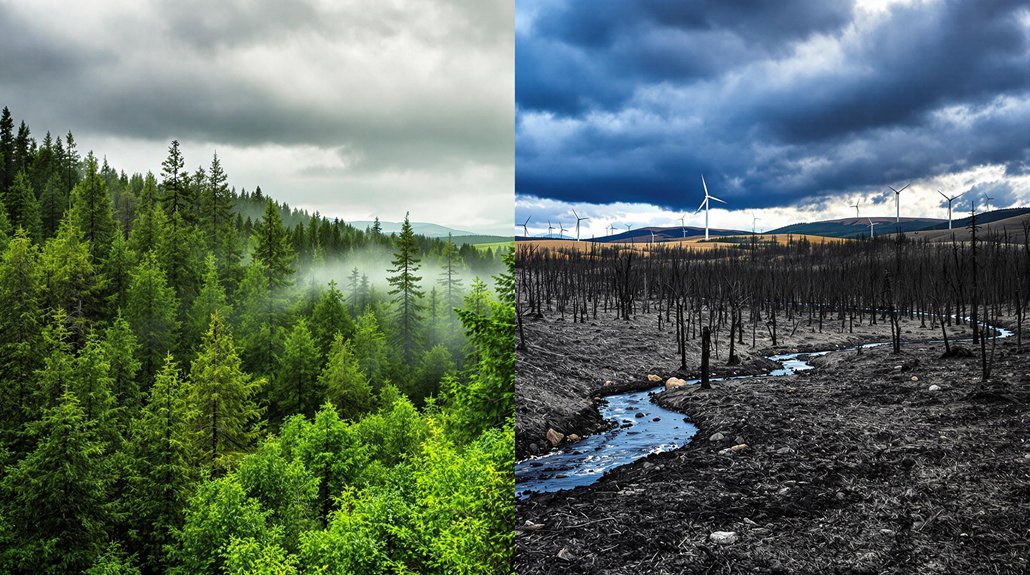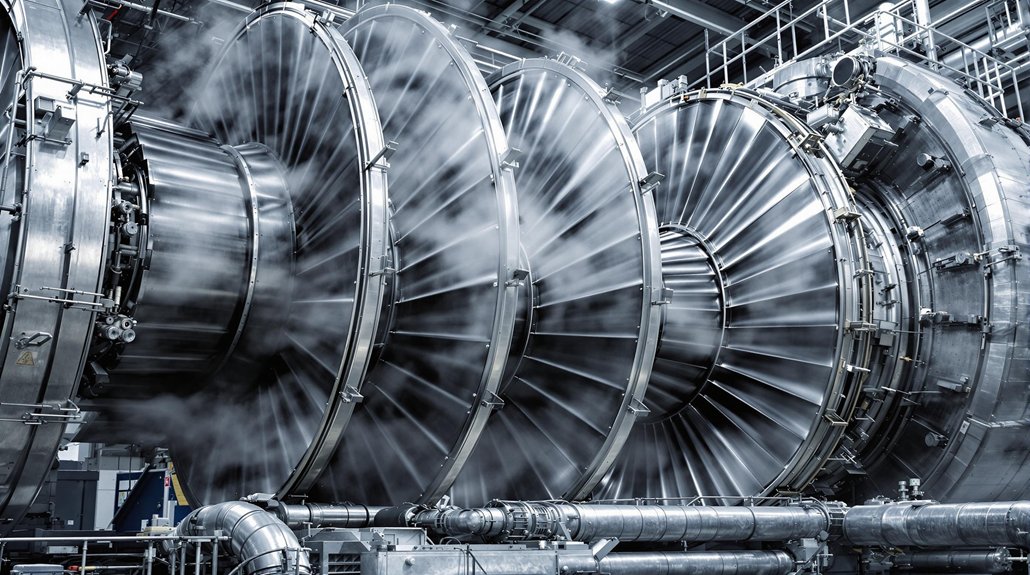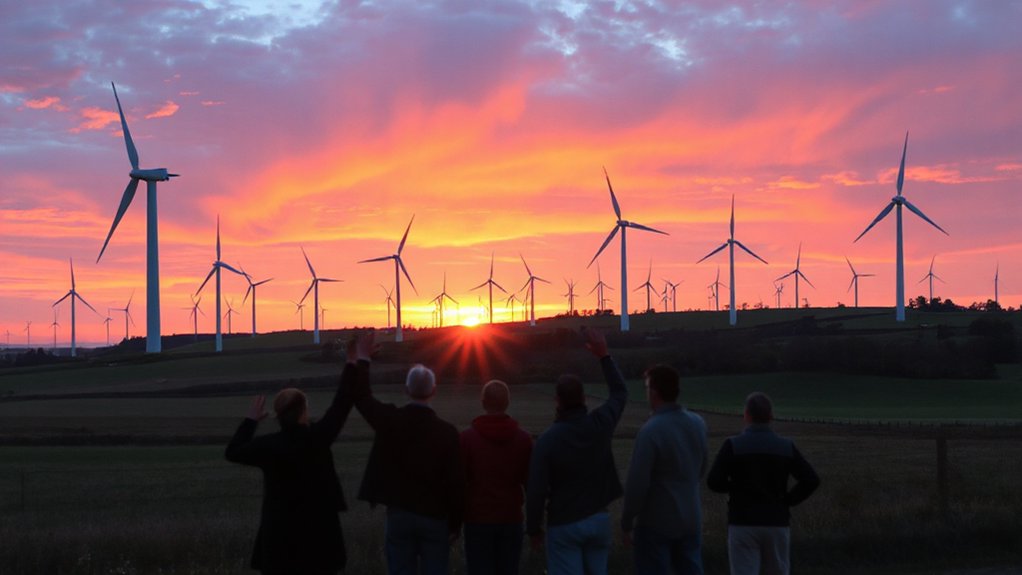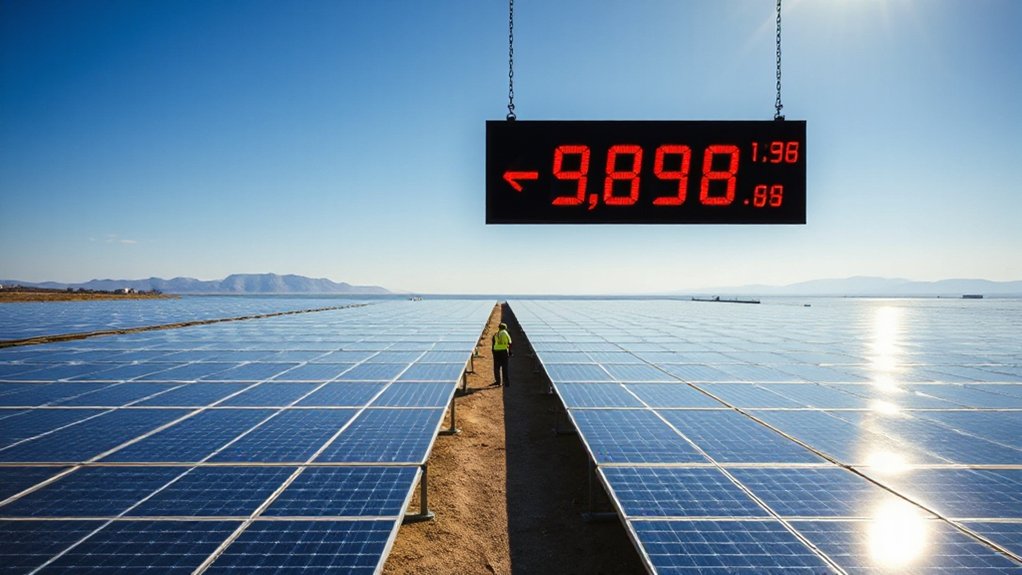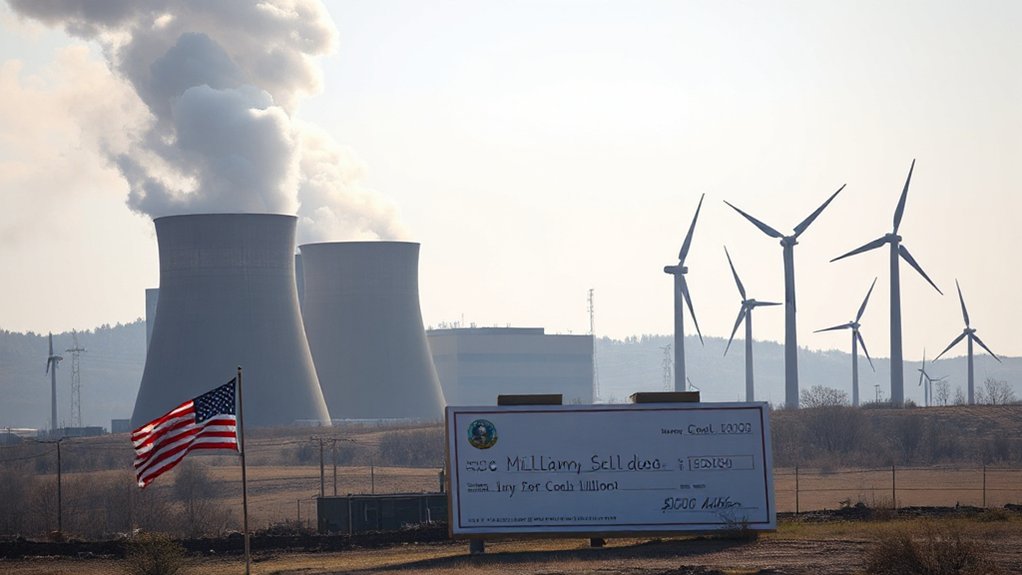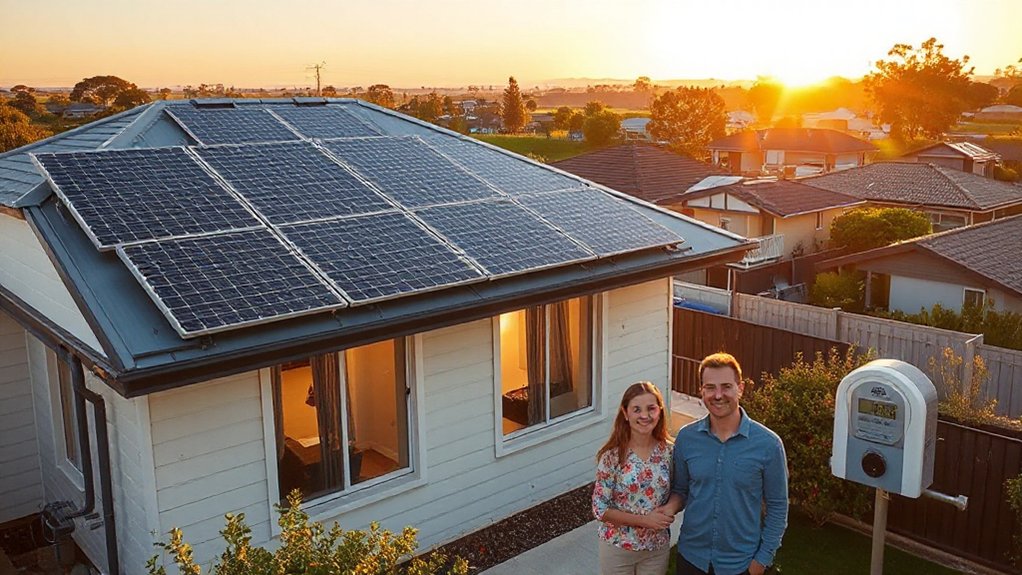Climate change is wreaking havoc on Earth, and humans are the prime culprits. Since the industrial revolution, fossil fuels, deforestation, and livestock farming have pumped greenhouse gases into our atmosphere like there’s no tomorrow (spoiler alert: there might not be). Global temperatures have jumped 1.7°F since 1970, triggering everything from coral bleaching to crop failures. While renewable energy and forest protection offer hope, the clock is ticking on humanity’s biggest environmental challenge.

While scientists have been sounding the alarm for decades, climate change has transformed from a distant threat into our messy reality. The culprits? Pretty much everything we’ve been doing since the industrial revolution. Burning fossil fuels, chopping down forests, and running massive industrial operations have pumped an obscene amount of greenhouse gases into our atmosphere. And let’s not forget about all those cows – turns out livestock farming is a methane-producing nightmare.
The numbers don’t lie – global temperatures have climbed 1.7°F since 1970. That might not sound like much, but it’s enough to throw Earth’s entire system into chaos. Without the greenhouse effect keeping temperatures stable, Earth would be a frigid average of -15°C. Heatwaves are getting nastier, droughts are lasting longer, and wildfires are having a field day. Weather patterns have gone haywire, leaving communities scrambling to adapt to their new normal.
A mere 1.7°F rise since 1970 has unleashed climate chaos, with extreme weather becoming Earth’s disturbing new normal.
The natural world is taking the hit hard. Species are playing musical chairs with their habitats, coral reefs are bleaching faster than a bad dye job, and Arctic ice is vanishing like ice cream on a hot summer day. Plants and animals are trying to keep up with the changes, but many are failing miserably. The extinction risk meter is off the charts for vulnerable species. The scientific consensus clearly points to human activities as the primary driver of these dramatic changes.
Humans aren’t getting off easy either. Heat-related illnesses are surging, diseases are showing up in new places, and food security is becoming increasingly precarious. Coastal communities are watching the seas creep closer, while extreme weather events are racking up billions in damages. The oceans are getting more acidic, currents are shifting, and coastal erosion is accelerating. Climate change is projected to cause 250,000 additional deaths annually between 2030 and 2050 due to malnutrition, malaria, diarrhea, and heat stress.
But here’s the thing – we’re not completely doomed yet. Solutions exist, from switching to renewable energy to protecting forests that act as carbon sinks. Cities are building more resilient infrastructure, farmers are developing heat-resistant crops, and new technologies are emerging to help us adapt.
The shift won’t be easy or cheap, but it’s essential for our survival. The clock is ticking, and Mother Nature isn’t known for her patience.
